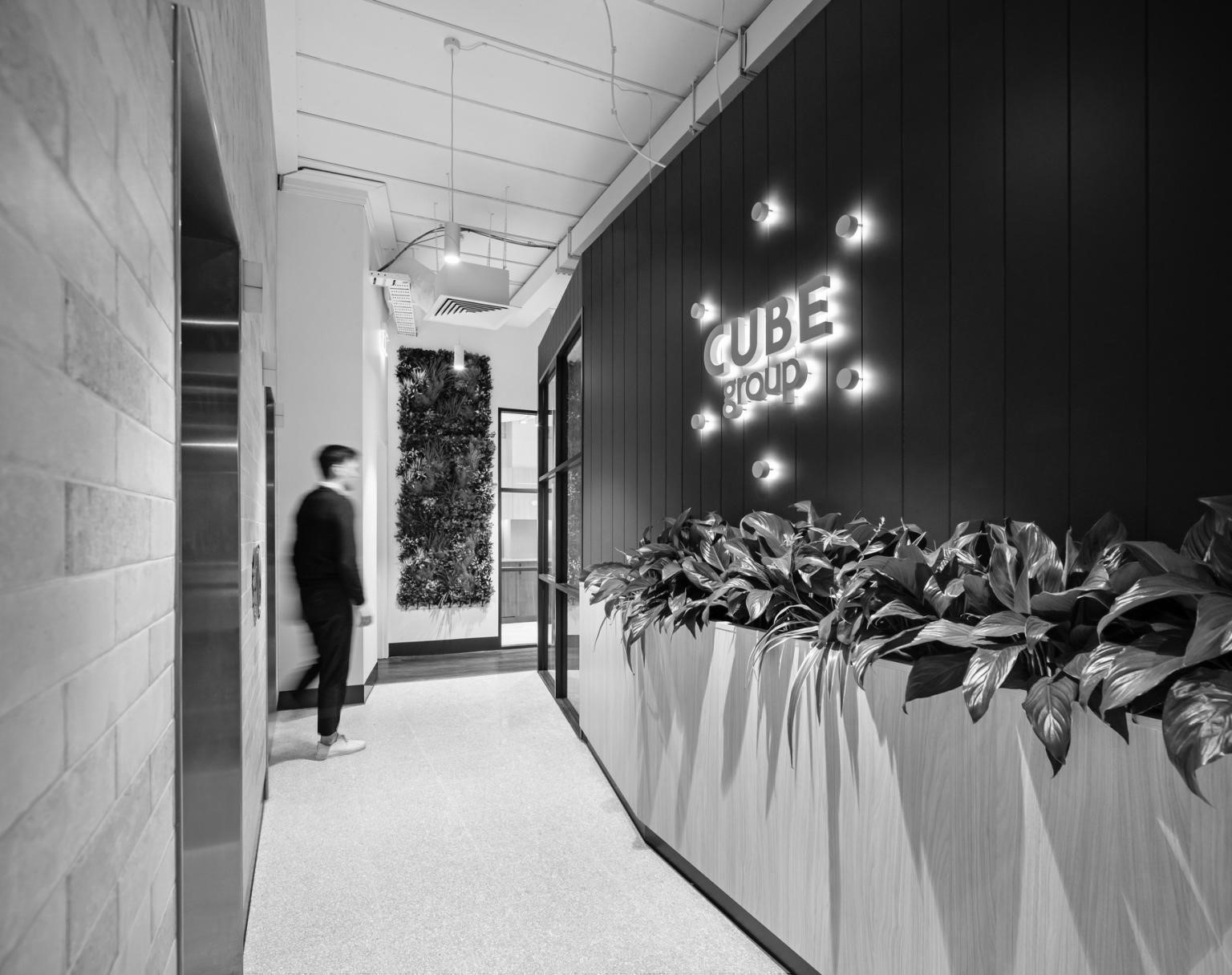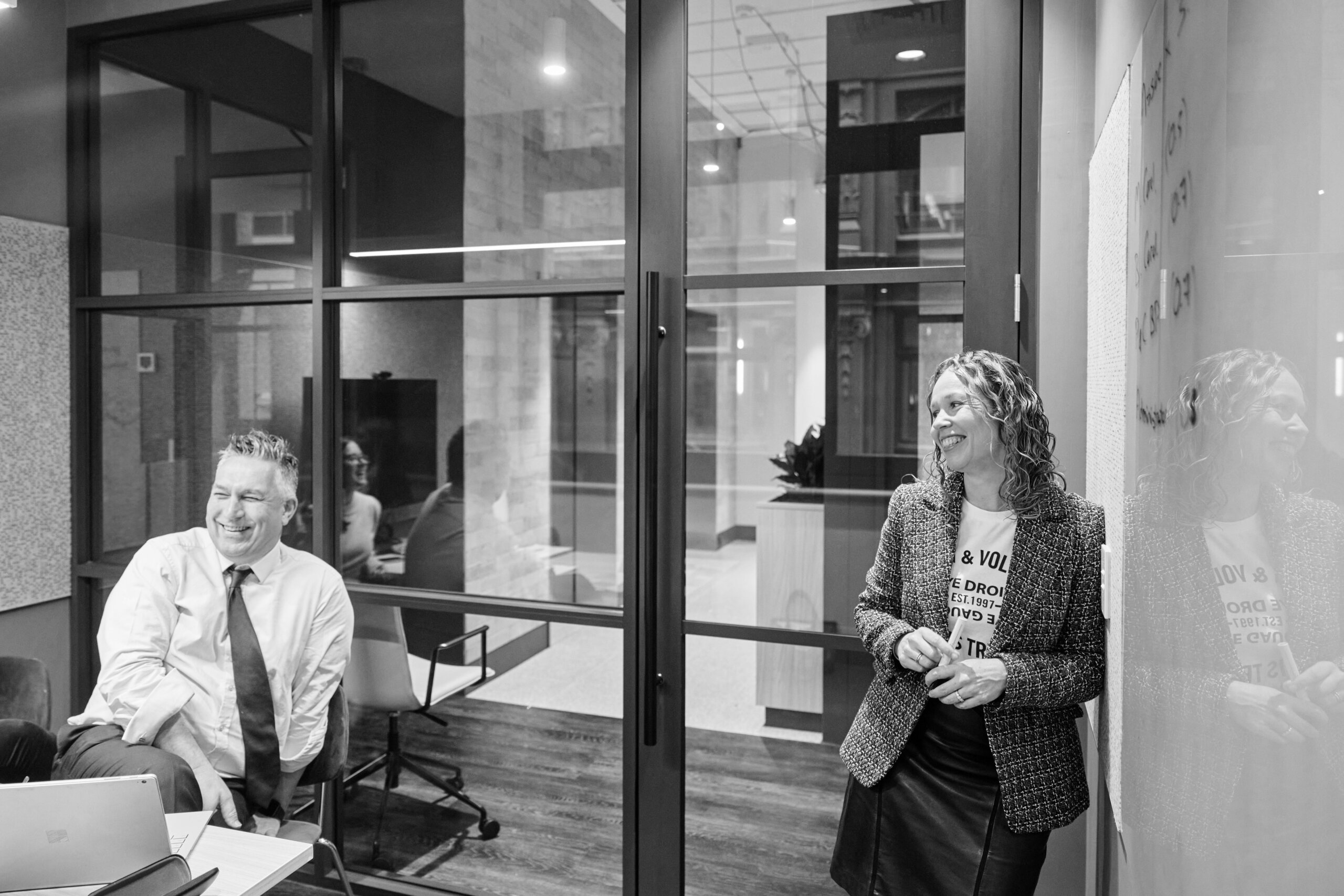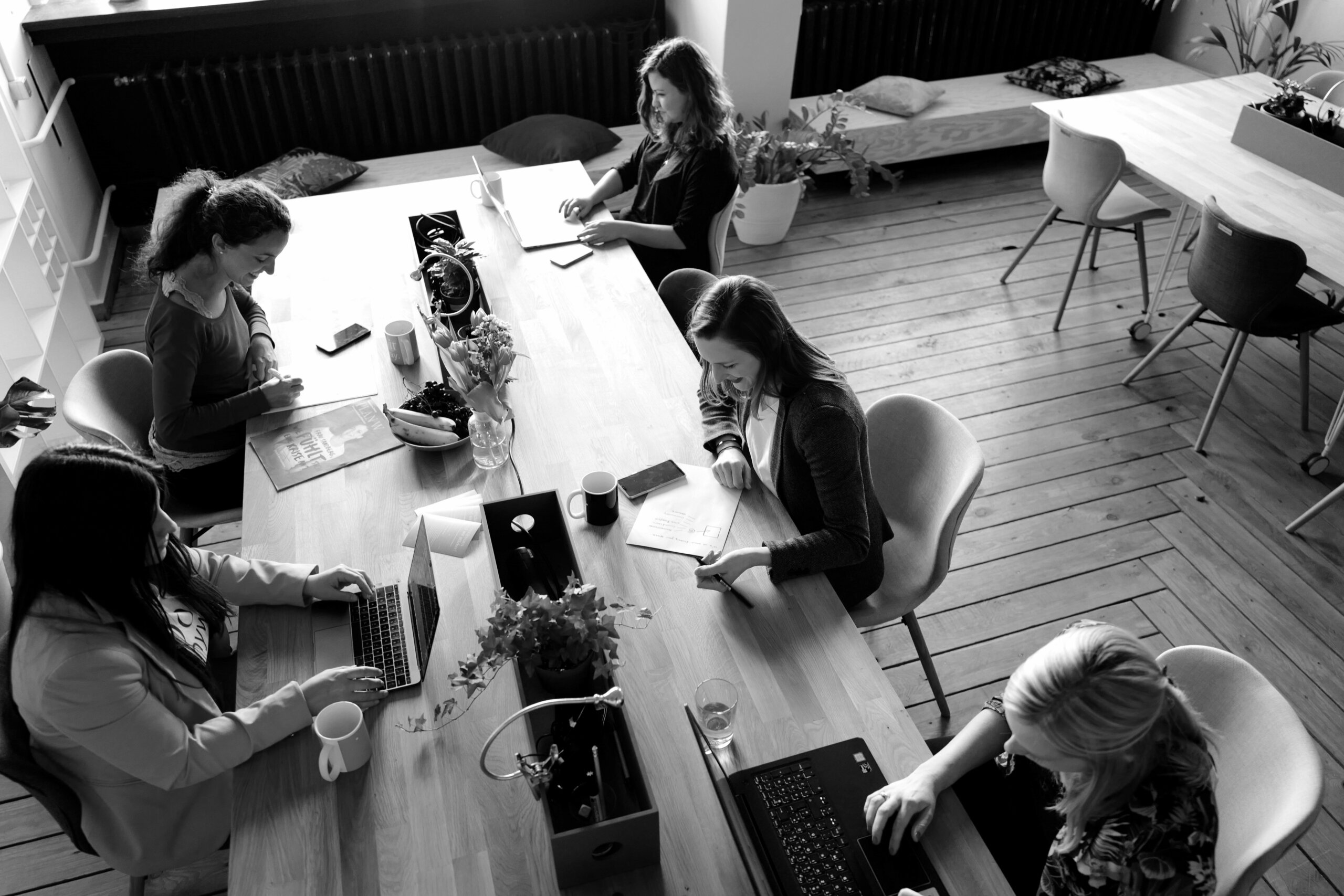At Cube we engage with our clients and their stakeholders in a wide range of formats including collaborative workshops, targeted focus groups, deliberative roundtables, dynamic forums, and intensive sprints. We pride ourselves in providing a great experience for participants in all our engagement sessions.
From our extensive experience in delivering all sorts of engagements, we’ve consistently observed that careful and considered preparation goes a long way to setting up a session for success. Most of an engagement session’s value is embedded early on through the effort put into preparation. That’s why it’s so important for us to invest time with clients understanding their unique perspectives, needs and goals so we can tailor the approach for each engagement session.
Our thoughtful and tailored preparation is something our clients and engagement participants regularly notice – it’s a distinctive part of Cube’s engagement-led approach. The points below outline how we get aligned on the why, who, what, how, where and when of engagement sessions. Bring these elements together and you’ll be well on the way to creating a meaningful and memorable session.
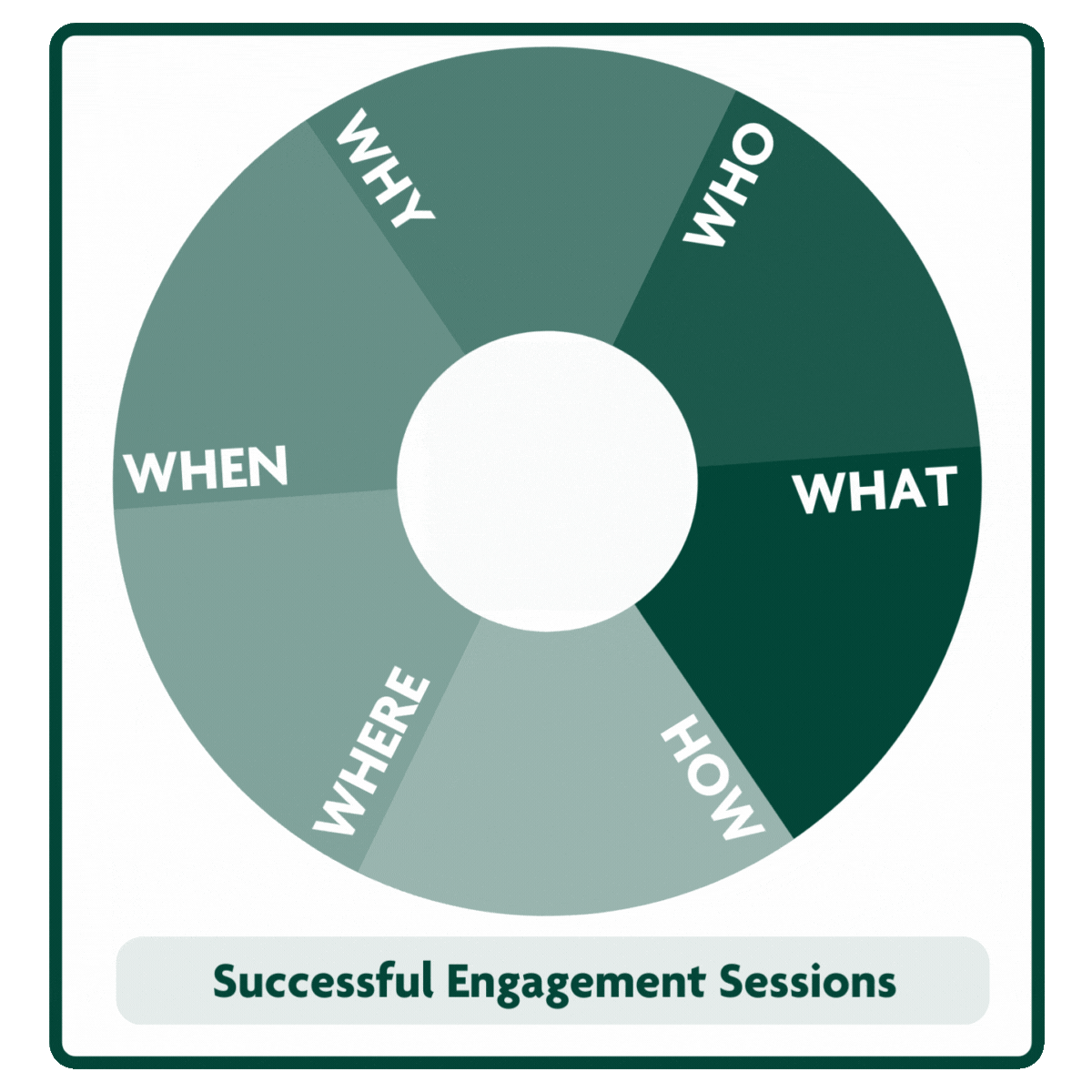
WHY?
Get crystal clear on the purpose and objectives for the session at the outset.
We use this as our guiding light throughout all aspects of preparation and delivery. By defining clear objectives, we maintain a sharp focus on the most valuable discussion topics. The resulting design may vary a lot between sessions based on the intent of getting people together in the first place. For example, we may be seeking to build consensus towards decisions, define strategic directions or explore feedback on ideas for change. We carefully tailor our approach to align with the session’s goals. Clarity of purpose supports deep thinking on how the session is structured and how the conversation will build towards a worthwhile outcome.
WHO?
Every participant brings a unique perspective to the table, and it’s vital to harness this diversity in views to unlock impactful insights.
As facilitators we don’t drive the discussion, we enable it – by inviting participation and responding to participant contributions. By getting an idea of who will be joining us, we can be ready to bring out the best they have to offer. Understanding the varied roles and backgrounds of participants helps us tailor our approach, ensuring inclusivity and relevance. We work with clients ahead of time to ensure we have the right spread of participants in the session. We want to know that the session attendees will bring the experience, expertise and interest to support the purpose. We’re also mindful of factors like role distinctions, participation abilities, or power dynamics, and intentionally create environments where everyone can feel heard and valued.
WHAT?
Realistic expectations on what can be covered in the session are paramount.
We avoid the common trap of cramming too much into a session, opting instead for a disciplined and discerning approach that allows for meaningful discussions without skimming over crucial points. We also recognise that we’re rarely starting discussions from scratch and build in appreciation for the groundwork that’s been laid before our involvement. We leverage existing analysis and insights from clients to inform our approach and get the most out of the discussion.
HOW?
Thoughtfully planning session activities is essential.
We have an extensive array of tools up our sleeves to create space for deep and insightful discussions to flourish. We design activities to suit both the group dynamics and the energy we are seeking to achieve. We change up the rhythm between presenting content, individual reflection, and hosting both small and large group discussions – this makes for dynamic discussions and recognises that our participants will each have different preferences for how to engage in group settings. To get the most out of the precious session time, we also find ways to ‘front-load’ the heavy lifting on content and materials. We invest time in preparing well-structured reference material to share ahead of the session to support informed discussions and decisions.
WHERE?
The venue sets the stage for success.
We encourage clients to seek out neutral, distraction-free locations and optimise room setups to maximise comfort and functionality. Factors like natural lighting, technology accessibility, and breakout spaces are all considered to enhance the overall experience. If we’re delivering in an online format, we bring the same level of consideration to how we can make the online engagement experience smooth and enjoyable for participants.
WHEN?
The impact of timing can’t be underestimated.
We’re mindful of scheduling sessions at times conducive to active participation. This goes well beyond just considering which day of the week (and avoiding the dreaded Friday afternoon workshop!) to considering external factors like competing priorities for clients or travel requirements. By helping make it easier for participants to attend and focus on the session, we can be confident we’re making the most out of what they have to offer.
Using this framework enables us to consistently build engagement sessions that are energetic and productive. Being well prepared and working through these considerations in advance means we can be fully focused on providing great facilitation when it comes time to deliver the session. This dedication to thoughtful and tailored preparation is another way we demonstrate our commitment to helping purpose-driven organisations deliver public value.
About the Author
Chris Porter is a director at Cube Group. He is a skilled facilitator, known for his thoughtful workshop design, and his ability to listen deeply and capture insights. Taking a systems-thinking approach to analysis and drawing from his broad background in both physical and social sciences, Chris brings a pragmatic and balanced perspective when working on complex issues.
